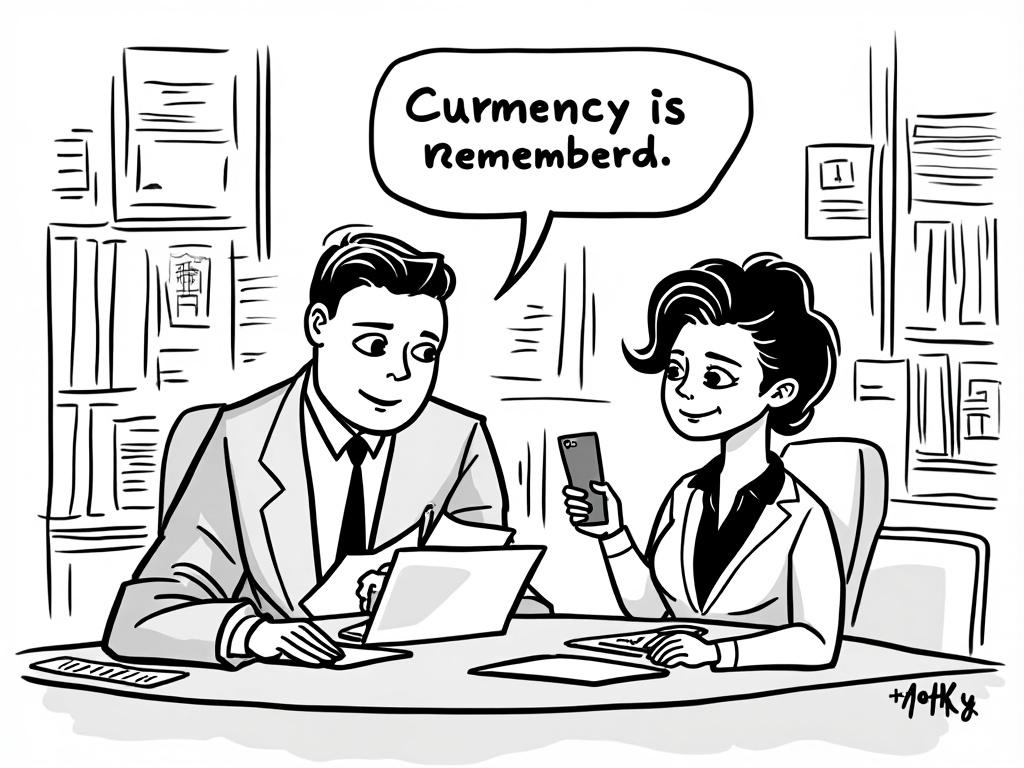
Greek Drachma History: Pre-Euro Currency Legacy
Reading time: 12 minutes
Table of Contents
- Ancient Origins: The Birth of Economic Power
- The Modern Drachma Era (1832-2001)
- Navigating Economic Turbulence
- The Euro Transition: End of an Era
- Cultural and Investment Legacy
- Frequently Asked Questions
- Future Implications: Lessons for Modern Investors
Ever wondered how a currency could survive for over 2,600 years? The Greek drachma wasn’t just money—it was a testament to resilience, economic innovation, and cultural identity that shaped Mediterranean commerce for millennia.
Here’s the remarkable truth: The drachma’s journey from ancient silver coins to modern banknotes offers invaluable lessons for today’s investors and economists navigating volatile markets.
Ancient Origins: The Birth of Economic Power
The drachma emerged around 650 BCE in ancient Greece, literally meaning “handful”—referencing the handful of iron spits (obeloi) it originally replaced. This wasn’t just a currency change; it was an economic revolution that would influence trade across the ancient world.
The Silver Standard Revolution
Ancient Athens transformed the drachma into a silver-based currency that became the Mediterranean’s reserve currency. The famous Athenian tetradrachm (four-drachma coin) featuring Athena’s owl became so trusted that merchants from Spain to the Black Sea accepted it without question.
**Key Innovation**: Unlike barter systems, the standardized drachma enabled complex international trade. Athenian silver mines in Laurium produced an estimated 1,000 talents annually (approximately 26 tons of silver), funding the city’s golden age and naval supremacy.
Economic Impact Across Civilizations
The drachma’s influence extended far beyond Greece. Archaeological evidence shows drachma coins circulating in:
– Ancient Egypt (Ptolemaic period)
– Roman territories (parallel circulation with denarii)
– Byzantine Empire (as the solidus predecessor)
– Medieval Italian city-states (influencing ducat development)
The Modern Drachma Era (1832-2001)
After Greek independence in 1832, the phoenix briefly replaced Ottoman currencies before the drachma’s official reintroduction in 1841. This modern incarnation faced challenges that would test any currency system.
Devaluation Cycles and Recovery Patterns
The modern drachma experienced multiple significant devaluations, each teaching valuable lessons about monetary policy:
| Period | Exchange Rate (USD) | Inflation Rate | Key Economic Event | Recovery Timeline |
|---|---|---|---|---|
| 1922-1928 | 1 USD = 15-77 Drachmas | 500%+ | Asia Minor Catastrophe | 6 years |
| 1940-1945 | 1 USD = 2.8 trillion Drachmas | 13,800% | WWII Hyperinflation | 8 years |
| 1973-1974 | 1 USD = 30-36 Drachmas | 27% | Oil Crisis | 3 years |
| 1980s | 1 USD = 135-158 Drachmas | 20-25% | Socialist Policies | 10 years |
| 1990s | 1 USD = 240-365 Drachmas | 8-15% | EU Convergence | Ongoing until Euro |
The Hyperinflation Nightmare of WWII
Perhaps the most dramatic chapter in drachma history occurred during World War II. German occupation forces printed drachmas without restraint, creating one of history’s worst hyperinflation episodes.
**Real-world scenario**: In 1944, a loaf of bread cost 34 billion drachmas. Workers received wages in wheelbarrows, and people used banknotes as wallpaper because paper was more valuable than the currency itself.
This crisis led to innovative survival strategies that modern economists still study:
– **Barter networks** replaced monetary transactions
– **Foreign currency substitution** (gold, British pounds, US dollars)
– **Commodity money** (cigarettes, canned goods, olive oil)
Navigating Economic Turbulence
The drachma’s resilience through multiple crises offers crucial insights for understanding currency stability and economic recovery mechanisms.
Policy Responses to Currency Crises
Greek authorities developed sophisticated crisis management tools:
**1. Currency Denomination Strategies**
– 1944: New drachma = 50 billion old drachmas
– 1953: New drachma = 1,000 old drachmas
– 1954: Final denomination adjustment
**2. International Support Mechanisms**
The Marshall Plan provided $706 million to Greece (1948-1952), stabilizing the drachma and rebuilding infrastructure. This external support model later influenced IMF and World Bank approaches to currency crises.
**3. Gradual Market Integration**
Greece’s path to EU membership required systematic drachma stabilization:
– 1981: EEC membership with drachma maintenance
– 1992: Exchange Rate Mechanism participation
– 1998: Euro convergence criteria achievement
The Euro Transition: End of an Era
On January 1, 2001, Greece officially adopted the euro at the fixed rate of 340.75 drachmas per euro. This transition marked the end of one of history’s longest-lived currencies.
Convergence Challenges and Solutions
Meeting Maastricht criteria required dramatic policy adjustments:
Greece’s Euro Convergence Progress (1995-2000)
**Pro Tip**: The drachma-to-euro transition demonstrates that successful currency changes require not just economic adjustments, but also cultural adaptation and public confidence building.
Practical Transition Lessons
The euro adoption process revealed critical success factors:
1. **Dual Circulation Period**: Greeks used both currencies for two months, reducing adoption shock
2. **Public Education Campaigns**: Government invested €50 million in awareness programs
3. **Business Preparation**: 18-month preparation period for retailers and banks
4. **Price Transparency**: Mandatory dual pricing during transition
Cultural and Investment Legacy
Beyond monetary policy, the drachma represents Greece’s economic DNA—a blend of ancient commercial wisdom and modern financial innovation.
Investment Implications for Modern Greece
Understanding drachma history provides crucial context for contemporary Greek investments. The currency’s resilience patterns offer insights into Greece’s economic recovery potential post-2010 crisis.
For investors considering Greek opportunities, including those looking to buy home in greece, the drachma’s legacy reveals important market characteristics:
**Resilience Indicators**:
– **Geographic Advantage**: Strategic Mediterranean position
– **Tourism Infrastructure**: Built during drachma era, remains robust
– **Agricultural Assets**: Olive oil, wine, shipping—traditional strengths
– **EU Integration**: Structural support mechanisms
Collectible and Numismatic Value
Ancient drachma coins now command significant premiums:
– Athenian tetradrachms: €500-€15,000 depending on condition
– Byzantine gold solidi: €800-€5,000
– Modern commemorative issues: €20-€200
This collector interest reflects the drachma’s enduring cultural significance and historical importance.
Frequently Asked Questions
What made the ancient drachma so successful internationally?
The ancient drachma succeeded due to consistent silver content, widespread acceptance, and Athens’ naval dominance. Athenian silver mines provided reliable supply, while military power ensured trade route security. The coin’s distinctive owl design became a trusted quality mark across Mediterranean markets.
How did Greece manage to join the eurozone despite the drachma’s volatility history?
Greece achieved eurozone entry through systematic economic reforms from 1995-2000, including inflation reduction from 8.5% to 3.1%, budget deficit cuts, and interest rate convergence. EU structural funds and privatization programs supported these adjustments. However, some convergence data was later disputed, contributing to the 2010 debt crisis.
Could Greece ever return to using the drachma?
While technically possible, a “Grexit” would face enormous practical challenges including currency printing, banking system conversion, trade disruption, and potential economic isolation. Most economists consider it highly unlikely given Greece’s deep EU integration and the substantial costs involved in monetary system reconstruction.
Future Implications: Lessons for Modern Investors
The drachma’s 26-century journey offers a masterclass in monetary resilience and economic adaptation. For today’s investors navigating uncertain global markets, several key insights emerge:
**Strategic Investment Principles**:
• **Diversification across time horizons**: Like the drachma’s evolution from silver to paper to digital records
• **Geographic stability factors**: Mediterranean location advantages that transcended currency changes
• **Cultural value preservation**: Assets maintaining worth through multiple monetary systems
• **Recovery pattern recognition**: Understanding cyclical versus structural economic challenges
The drachma’s legacy teaches us that successful long-term investing requires understanding both economic fundamentals and cultural continuity. Greece’s integration into modern European markets, combined with its traditional strengths in shipping, tourism, and agriculture, creates unique opportunities for informed investors.
**Your investment compass**: Whether you’re considering Greek real estate, regional business opportunities, or simply seeking to understand European monetary history, the drachma’s story provides invaluable perspective on how economies adapt, survive, and ultimately thrive through transformation.
As global currencies face new challenges from digital alternatives and geopolitical tensions, what lessons from the drachma’s remarkable journey might guide your next investment decision?

Article reviewed by Victor Moreau, Timberland & Natural Resources | Sustainable Asset Monetization, on June 1, 2025
